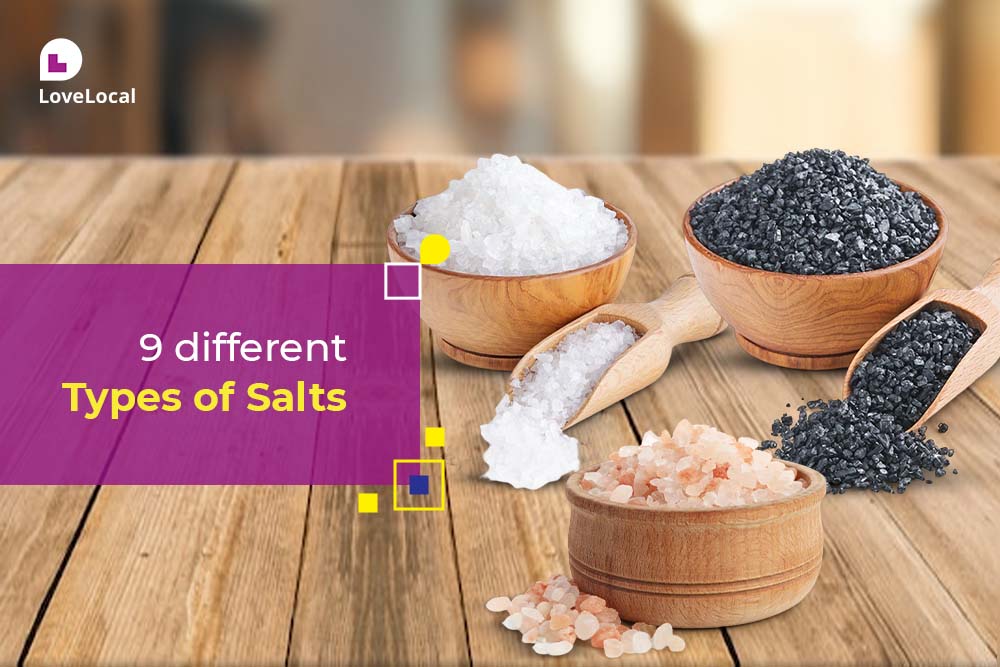Salt is an element found in almost every dish we prepare in the kitchen, including curries, desserts, salads, and soups. However, in most households, we use only 2-3 salt lists and no more, and we probably have no idea whether other varieties exist or not. Salt enhances and complements the flavor of almost anything it comes into contact with. It’s a marvelous component that’s widely used in BBQ and other types of cooking. In this article, we’ll look at the most common types, their flavor notes, when and how to use each, and a few substitutions you can make if necessary.
Let’s discuss the different salt types used around the world, and how exactly they are used.
It is a bright pink-colored salt dug up in Pakistan’s Punjab region, largely obtained from the Khewra salt mine. Himalayan salt is pink in color because it contains iron oxide and 84 organic substances. They are one of the most beautiful colored salts in appearance.
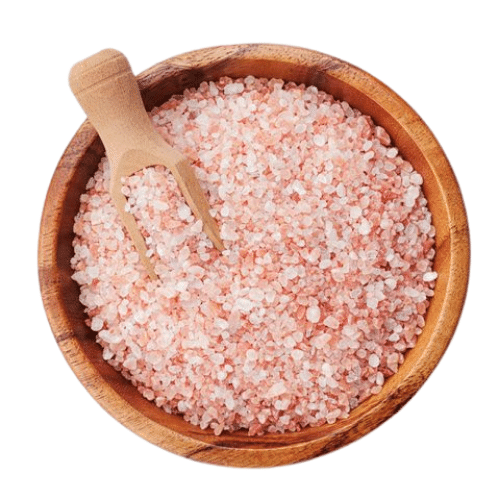
- Flavors & Uses – Many fans of Himalayan Pink Salt argue that it has a unique taste with a hint of sweetness, while others claim it tastes the same as table salt. When consumed on its own, I find it tastes “cleaner” than table salt, with substantially less bitterness. It’s appealing as a completing salt on meat or as a dipping salt for vegetables or junk foods when coarsely ground.

- Himalayan Black Salt
It is a type of rock salt frequently used in Indian households. It’s also known as ‘Kala namak’ or ‘black salt.’ Its harsh and colorful purplish-red color is caused by minerals, and its peppery odor is caused by the presence of sulphur. The black salts differ much in taste than the rock salts.
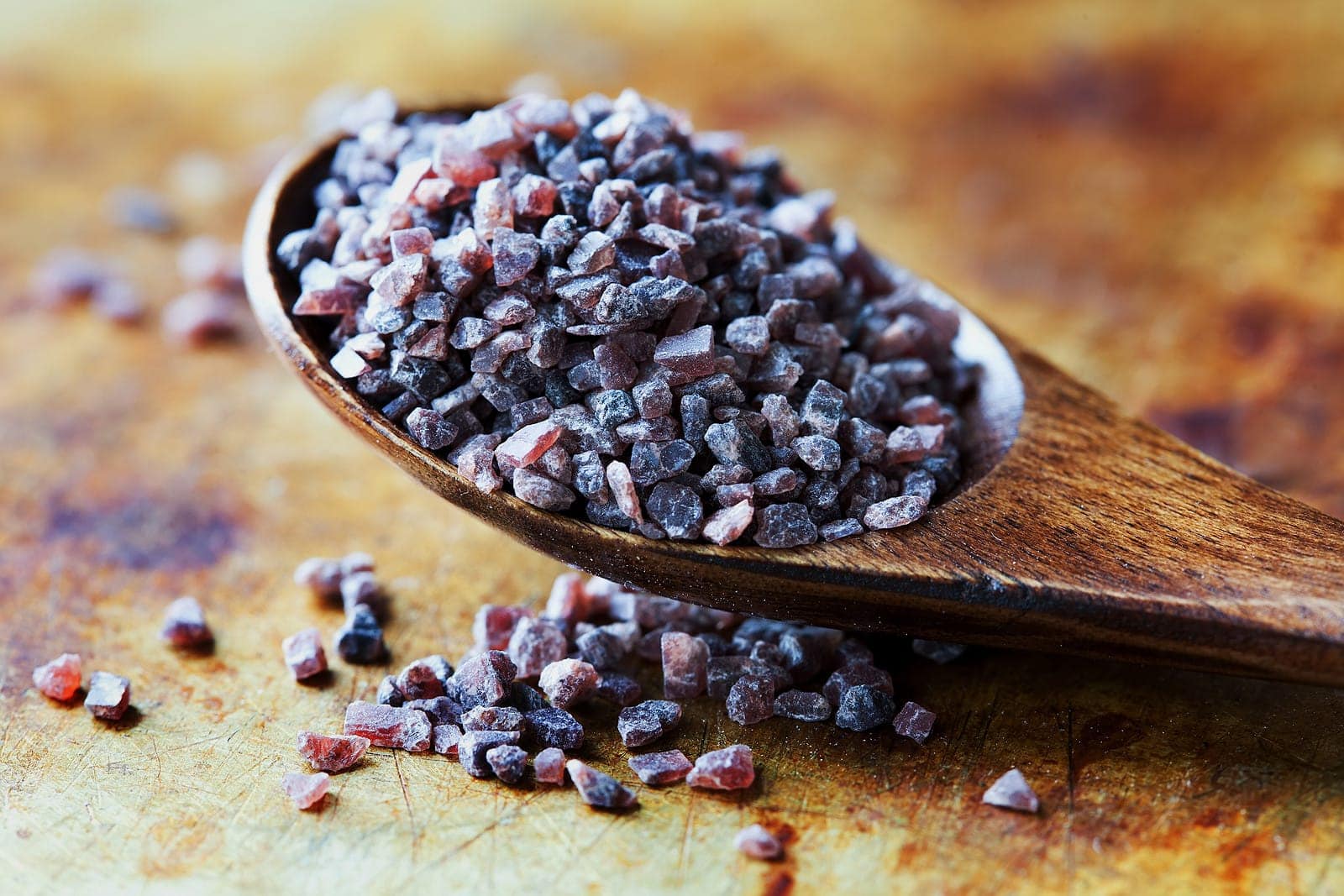
- Flavors & Uses – Himalayan Black Salt tastes like eggs due to the fragrance and gentle flavor of sulphur. In fact, it’s sometimes used as an egg replacer in vegetarian dishes. Although it is not widely known, it is popular in Indian cuisine.
- Sea salt
Sea salt is obtained directly from vaporized marine waters. It has sizable, tender flakes that are formed by vaporization of seawater until it solidifies into salt. Sea salt contains many nutrients that contribute to its complex flavor.

- Flavors & Uses – It’s delicate and savory, but with solid crystals; great as a completing salt and in rubs. A few shake over on a grilled steak are delectable, and it’s equally delicious on chocolate or caramel.
- Kosher Salt
Kosher salt is one of the salt variants with large granular crystals that may aid in avoiding too much salting. However, it dissolves rapidly in water. Kosher salt is taken out from the ground or the sea and is not as iodized as table salt.

- Flavors & Uses – It tastes exactly like table salt. Because of the increased surface area provided by the solid crystals, the flavor effect is more powerful. It is frequently used for brining and preparing kosher meat.
- Flake Salt
Flake salt is extracted from vaporized saltwater. Salt comes in a variety of types and textures, and it has an unusual structure like pyramids and is gentle and feathery in weight. This salt has a bright flavor and a low mineral content.

- Flavors & Uses – Although flake salt tastes incredibly similar to regular sea salt, it performs separately in recipes. Because of their larger surface area and light weight, the flakes adhere to food more than typical granules. They dissolve quickly as well, leaving no crispiness but instilling flavor. Flake salt looks great on meats and desserts.
- Fleur De Sel
The French term “Fleur de Sel” translates to gray salt. However, because it is produced in narrow evaporation pools, it is also known as Celtic sea salt. This edition has a lovely, wet texture similar to wet sand. It is great for cooking and also works well in desserts.
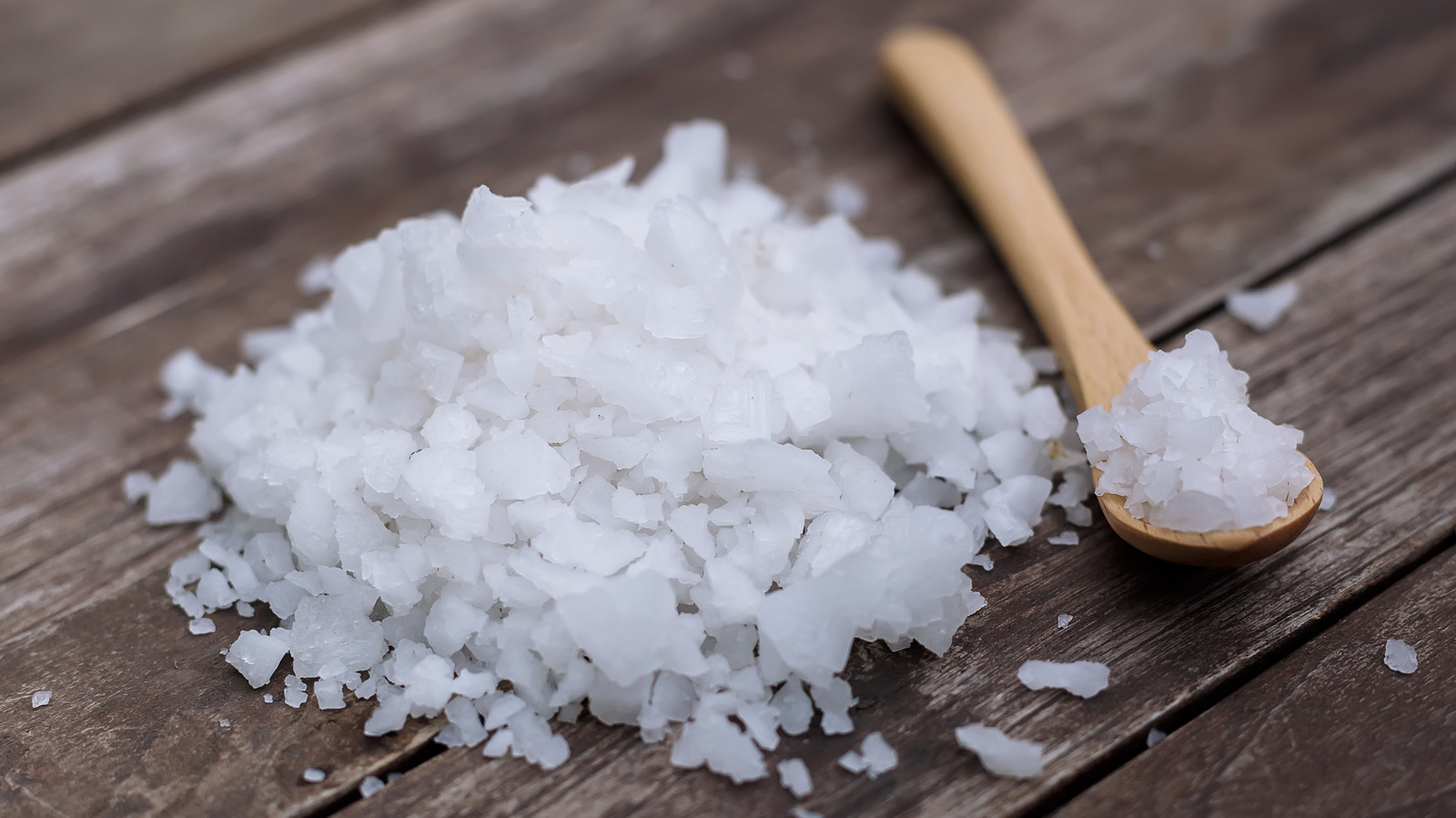
- Flavors & Uses – Because fleur de sel is so perfect and tender, it should not be used in cooking. Use it lightly as a finishing salt on your finest meats and desserts for melt-in-your-mouth sourness to complement sweet and savory flavors.
- Gray Salt
This salt is collected from coastal ponds in the Atlantic off the coast of France, known as the Celtic Sea. The gray appearance of this salt is caused by minerals left behind when saltwater vaporizes. It works best in completed recipes, such as roasting, grilling, or sautéing vegetables.

- Flavors & Uses – The fine-grain edition, which has a mineral taste, is excellent for cooking. Because it’s soft but still has an enjoyable crunch, coarse grain Gray sea salts are better for finishing meats and fish.
- Table Salt
Table salt is noticed in kitchens and restaurants. It is obtained from the ground and from the sea. It is more elegant and iodized than kosher salt. Table salt encompasses iodine and anti-caking agents, so it does not clot. It should not be used in savory dishes. They are commonly known as rock salts.
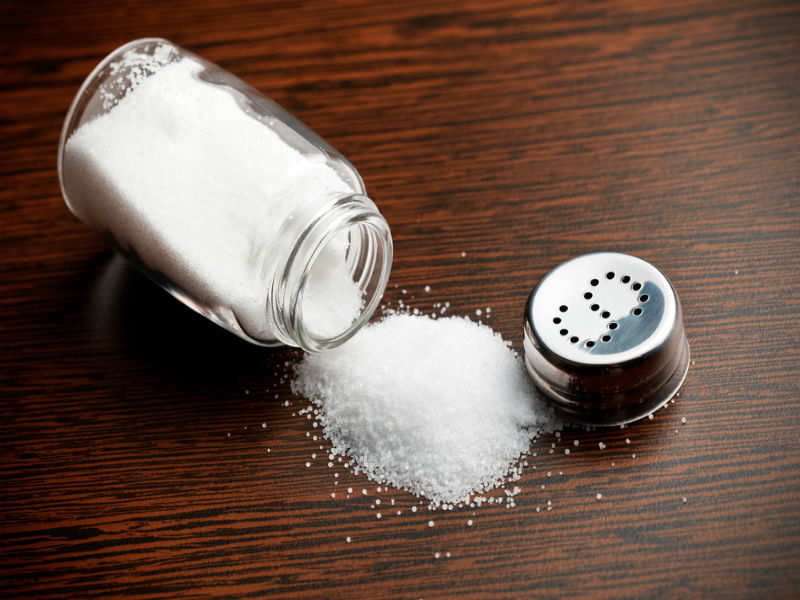
- Flavors & Uses – Its salt; it flavors salty with a hint of bitterness. This is possibly the most basic seasoning on the planet, as well as one of the oldest. Salt improves the flavor of uninteresting foods and enhances flavorings. Table salts’ small size makes them ideal for dousing directly on food without adding notable texture or diluting in liquids.
- Hawaiian Red Salt
Among the salts, red Hawaiian salt has a lesser sodium content than table salt. The sea salt is coupled with alaea, volcanic clay packed in iron oxide. Hawaiians use this in traditional dishes as well as for religious functions. They are also listed as one of the most beautiful colored salts in appearance.

- Flavors & Uses – Because Hawaiian Red Salt has lower sodium content than table salt, some people employ it for health purposes. Of course, because it tastes less “salty,” people tend to use more of it, countering the health benefits. The clay is said to be a detoxifier, and the salt entirely looks amazing. This is the salt to use if you want to create genuine Hawaiian barbecue.
Conclusion
The salts listed above are different types of salt with different names, uses, extraction methods, and properties. As a result, you can select your salt based on your needs and preferences. However, the salts listed above are the most frequently used salts around the world.

